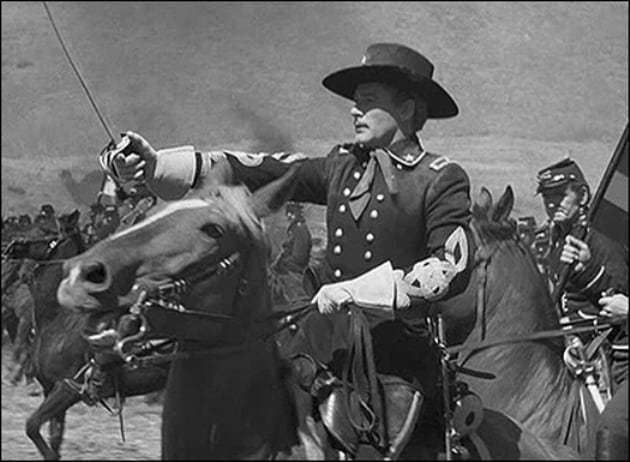The rewards for success in Hollywood are heady and exhilarating – celebrity, adoration, and riches for those reach the heights in La La Land. The entire industry is enveloped in glamour and glitter that are intended and deliberately designed to dazzle and captivate. However, scratch the glitter and take a deeper look, and the magical illusion begins to vanish, and the observer gets to see the hard work – and for purposes of this article, the danger – underlying it all.
Throughout its relatively brief but exceptionally rich history, Hollywood and the film industry have claimed the lives of quite a few people, who wound up dead on filming sets in a variety of ways. Over the decades, actors, directors, stuntmen, cameramen, extras, assistants, and various other film industry workers got killed while producing the magic for the silver screen. Some died in prosaic ways, such as heart attacks that might have claimed them at any point, whether on the film set or sitting on their sofa and watching TV at home. Others were killed in accidents – some of them quite bizarre accidents – unique to their profession and the film industry, and that probably would not and could not have happened anywhere else, except on a Hollywood filming set.

Following are ten movies whose film sets claimed the lives of people.

Across the Border
Danger and risk seem to have accompanied the film industry from its infancy. One of the earliest fatal film set tragedies, and one of the most unusual ones at that, claimed the lives of an actress and a camera operator on July 1st, 1914, on the film set of Across the Border. In a freak incident while filming on location in the Arkansas River, near Canon City, Colorado, lead actress Grace McHugh and camera operator Owen Carter ended up drowning in quicksand.
26 year old Grace McHugh was an aspiring actress who had left her home in Golden, Colorado, three weeks earlier, to pursue her dreams of becoming a star. She signed up for an acting gig with the Colorado Motion Picture Company, and was cast in a role for Across the Border, a silent film Western then under production, about which little is known today other than the deaths on its film set.
Her acting career did not last long, and was cut tragically short. As described by The Colorado Transcript of July 2nd, 1914:
“Miss Grace McHugh of Golden … was drowned in the Arkansas River at Canon City yesterday afternoon, according to a message received from Canon City last night. The accident occurred at 1 o’clock, and up to the time of going to press, her body had not been recovered. Miss McHugh had been the leading lady for the Colorado Motion Picture company, and left Golden about three weeks ago to join the company.
The accident occurred while Miss McHugh and Owen Carter, a camera man, were engaged in making a scene in a picture entitled ‘Across the Border’. She was fording the stream in a boat, and suddenly the watchers saw the boat capsize and Miss McHugh was plunged into the swollen stream. Carter, without hesitation, plunged into the river, and succeeded in getting Miss McHugh to a sandbar. They appeared to be safe, when suddenly, when suddenly both sank from view, and it is believed they were sucked down by quicksand.” By then, filming had been completed, so both McHugh’s and Carter’s work was included in the final product released to the public.

